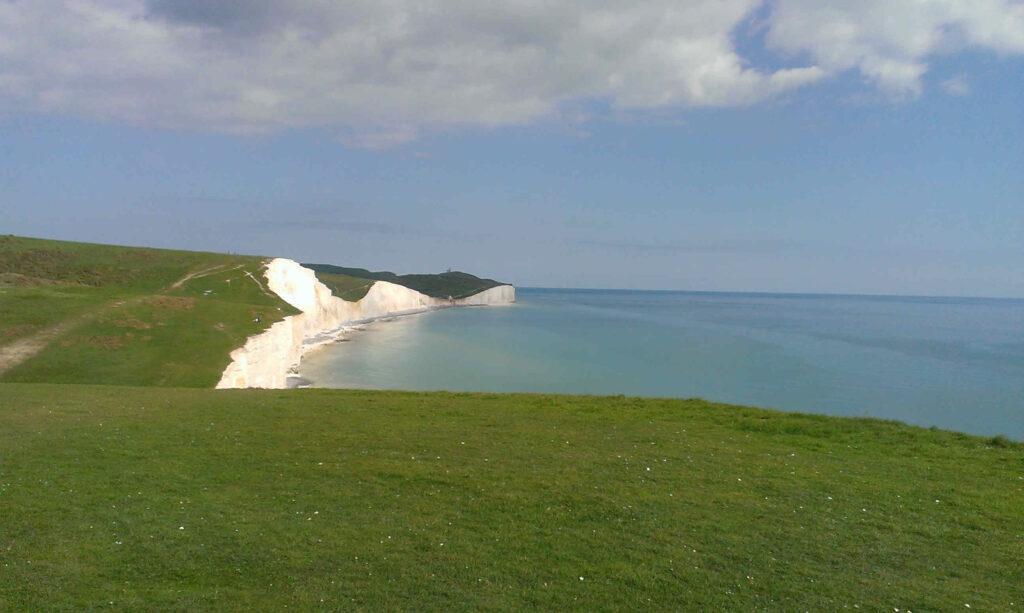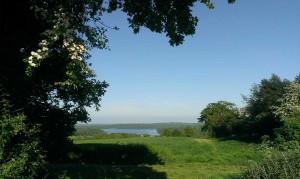The secrets of Scoping for LVIAs in Sussex, Wiltshire and Hampshire.
This post is one of a series on Landscape and Visual Impact Assessments (LVIA) with case studies. The other title in the series inculde:
Ecology in LVIA; Value of Fauna and flora in LVIA reports in Sussex
Mitigation in LVIA in Sussex, Hampshire, Surrey, Kent
Importance of Cumulative Effects and LVIAs in Sussex, Kent and Surrey
LVIA reports in Sussex, Kent and Surrey
EIAs and LVIAs in Sussex, Wiltshire and Hampshire require scoping as part of the framework of EIAs and LVIAs. Scoping determines the need for the EIA and LVIA to be undertaken, as well as identifying likely scale of changes in landscape effects and visual amenity due to a proposed development, such as for example, a bio digester, pylons associated with potential new wind farms and associated buildings located in sensitive areas of Kent, Sussex, Surrey and Essex.

One of the secrets of scoping for LVIAs in Sussex, Wiltshire and Hampshire is that scoping will encompass assessment of direct changes on landscape itself and changes in views enjoyed by people. The scoping will thus cover alteration in visual amenity as a result of the change in landscape due to the proposed development. Scoping in EIAs and LVIAs may also encompass changes in ecosystem services delivered by landscape as a result of the development in Sussex, Surrey and Kent.
Prior to the detailed LVIA being carried out, scoping is a first step in the LVIAs carried out on developments in Wiltshire, Sussex and Hampshire. The scoping will enable LVIAs in these southern counties to be proportional to scale of development proposed. Scoping is thus an early stage in the LVIA process of developments LVIAs in Sussex, Wiltshire and Hampshire and it determines what the LVIA will cover.
During EIA and LVIAs scoping studies in Wiltshire, Surrey, Kent and Essex will assess the scope of the EIAs and LVIAs. This is vital in setting the extent of work or Study area. For example, the Study area for a wind farm off the coast of the South Downs National park is far more likely to cover a greater geographic area than a residential development in a less protected part of the Low Weald landscape of Sussex or Surrey.
The secrets of scoping in LVIAs in Sussex, Wiltshire and Hampshire lie in determining the scale of the development as well as the location of the development. These are both important factors in determining the LVIA work in Wiltshire, Sussex or Surrey. Scoping will also help to determine the relevant information sources that are required on landscape and visual effects in Hampshire, Wiltshire and Sussex. The nature of the possible landscape effects might be changes in the landscape amenity of the National Park of the South Downs in Sussex or of the National Park in the New Forest in Hampshire. Those effects on landscape would be regarded as being most significant due to the protected status of the landscapes and this scoping information would feed into LVIA in Sussex and Hampshire, to determine the scale of the LVIA required.
As part of the Scoping assessment work of LVIAs in Wiltshire, Hampshire and Surrey; likely and potential receptors will be identified. These will normally be both people living and working in the landscapes in Kent, Surrey or Essex. They are also people who are most likely to be affected by any changes in visual amenity in the South Downs National Park of Sussex for instance; these receptors will be visitors to that landscape such as walkers, cyclists or campers.
The extent and appropriate level of detail will thus be determined by the scale of the development as well as its location.

The scoping will help to determine the landscape effects and likely visual impacts of developments and associated LVIAs required for projects in Sussex, Wiltshire and Hampshire.
Charmaine Noel is a Founder Member of Landvision, which is a Workers Co operative. She has 25 years experience of working on LVIAs, many of which are in protected landscapes, with mitigation schemes. Charmaine would be happy to discuss your scheme with you.
Likely significant cumulative effects may also be investigated as part of the LVIAS in Surrey, Sussex and Hampshire. For more information, see our Landvision blog or tel 01892 782200 or use our contact page
Save
